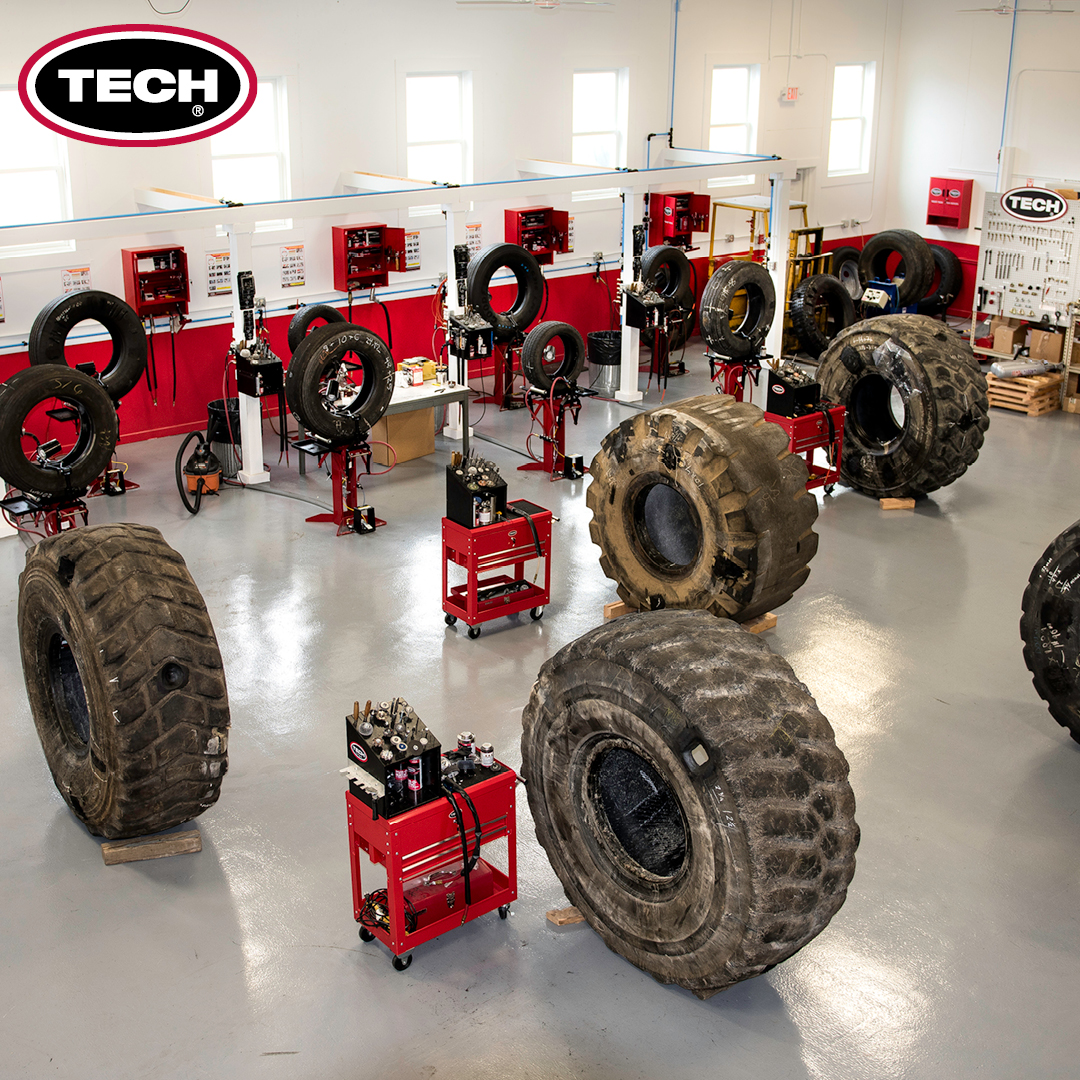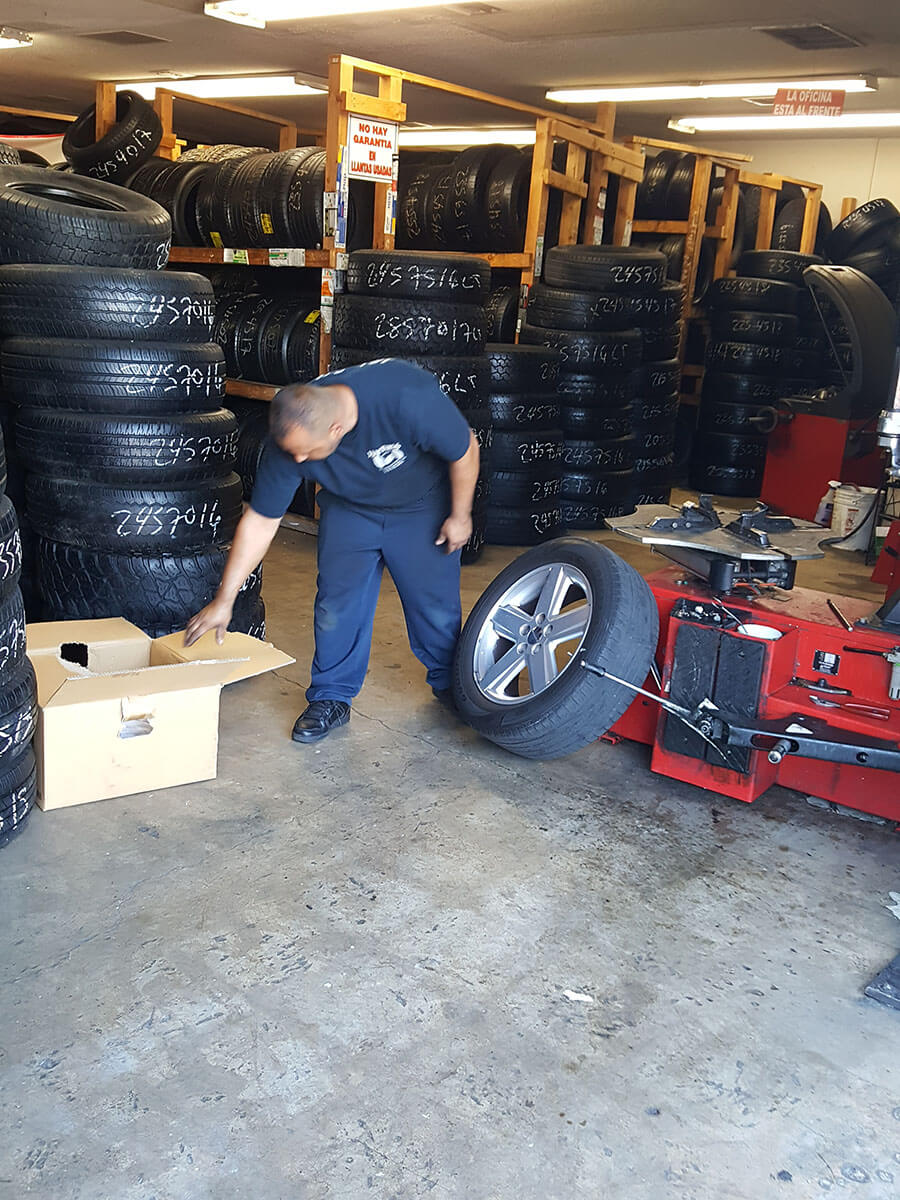The Science Behind Tire Repair and Safety
When it comes to the complex world of tire maintenance and security, there exists a realm of scientific research that often continues to be undetected by the typical chauffeur - tire shop near me. The materials that make up a tire, the impact of tire pressure on total safety, the ramifications of walk wear, the elaborate characteristics of tire traction, and the often-overlooked significance of proper wheel alignment all play essential roles in making sure an automobile runs securely and successfully. As we navigate with the intricacies of tire repair work and security, it becomes obvious that a deeper understanding of these scientific concepts is not just advantageous yet vital for each chauffeur when traveling
Tire Make-up and Performance
What materials make up the composition of tires, and how do these parts add to their capability when traveling? Tires are intricate products, normally made from a combination of rubber compounds, fabric, steel cables, and various other chemical ingredients. One of the most common sort of rubber made use of in tires is synthetic rubber, which uses durability and resistance to damage. The textile layers, often made of nylon, rayon, or polyester, supply toughness and security to the tire framework. Steel cords are incorporated to improve the tire's toughness and aid it maintain its form under different roadway problems.
The rubber compounds provide grip and traction, permitting the tire to adhere to the road surface and supply security during acceleration, stopping, and cornering. In general, the careful option and combination of these materials make certain that tires can do efficiently and securely on numerous roadway surface areas and conditions.
Influence of Tire Pressure on Security
Keeping proper tire pressure is important for making certain optimum safety and efficiency while driving. The effect of tire stress on safety can not be overemphasized. Underinflated tires are susceptible to getting too hot, which can result in tire blowouts, especially at high rates. Additionally, low tire stress affects the handling and responsiveness of the lorry, increasing the risk of mishaps, especially throughout emergency situation maneuvers. On the other hand, overinflated tires have much less call with the road surface area, lowering traction and causing uneven endure the tire footsteps. This endangers the vehicle's security and braking efficiency, posing a significant safety danger. Effectively filled with air tires also play an important role in fuel efficiency, as underinflated tires can increase rolling resistance, bring about decreased gas mileage. Consistently checking and preserving the right tire pressure not only ensures safety yet also extends the life expectancy of the tires, saving money on substitute prices in the lengthy run.
Tread Put On and Its Effects
Proper tracking of tire step wear is critical for ensuring optimum performance and security on the roadway. As tires wear down, the depth of the tread lessens, minimizing the tire's capability to keep grip, especially in slippery or damp problems. The tread pattern and depth play a vital function in channeling water away from this contact form the tire to avoid hydroplaning and maintaining grip when traveling surface.
Unequal wear might recommend issues with tire positioning, inflation, or suspension elements. Use indications are built into the tire walk and come to be noticeable when the walk deepness gets to a certain reduced factor, showing the demand for instant replacement.

Recognizing Tire Traction Characteristics
Monitoring tire tread wear not only ensures optimal performance and security yet additionally straight influences the grip dynamics of the tires on various roadway surface areas. Tire traction is a critical element of vehicle handling and safety and security, as it figures out the hold between the tires and the road. Grip dynamics vary depending on roadway conditions such as dry sidewalk, wet roadways, snow, or ice.

Understanding tire grip dynamics is vital for chauffeurs to adapt their driving actions according to the road problems. morris tire service. Routinely inspecting tire tread deepness and condition can substantially boost traction performance, making certain more secure driving experiences across numerous surfaces
Value of Proper Wheel Placement
Guaranteeing appropriate wheel alignment plays a critical function in maximizing lorry efficiency and extending tire durability. Proper wheel placement entails changing the angles of the wheels to supplier specifications, ensuring that they are vertical to the ground and parallel to each other. When positioning is off, it can result in irregular tire wear, reduced fuel performance, and endangered handling.
Among the essential benefits of keeping proper wheel positioning is enhanced handling and security. Misaligned wheels can create the automobile to draw to one side, influencing steering control and general driving experience. Furthermore, right positioning promotes even tire wear, stopping premature tire replacement and saving on upkeep expenses over i loved this time.

Conclusion
In final thought, the scientific research behind tire repair work and safety is crucial for keeping car efficiency and making sure driver safety and security. By comprehending tire composition, stress, tread wear, grip characteristics, and wheel alignment, vehicle drivers can avoid mishaps and extend the life expectancy of their tires.
The materials that make up a tire, the effect of tire pressure on general security, the effects of walk wear, the intricate characteristics of tire grip, and the often-overlooked importance of proper wheel positioning all play important duties in making certain a lorry operates safely and efficiently. On the various other hand, overinflated tires have much less contact with the road surface area, minimizing traction and creating uneven wear on the tire treads. Consistently checking and preserving the proper tire stress not just makes certain security but additionally expands the life-span of the tires, saving on replacement expenses in the lengthy run.
Monitoring tire step wear not just ensures optimum performance and safety however additionally directly affects the grip characteristics of the tires on various road surface areas. Tire grip is a crucial facet of lorry handling and security, as it establishes the hold between the tires and the roadway.